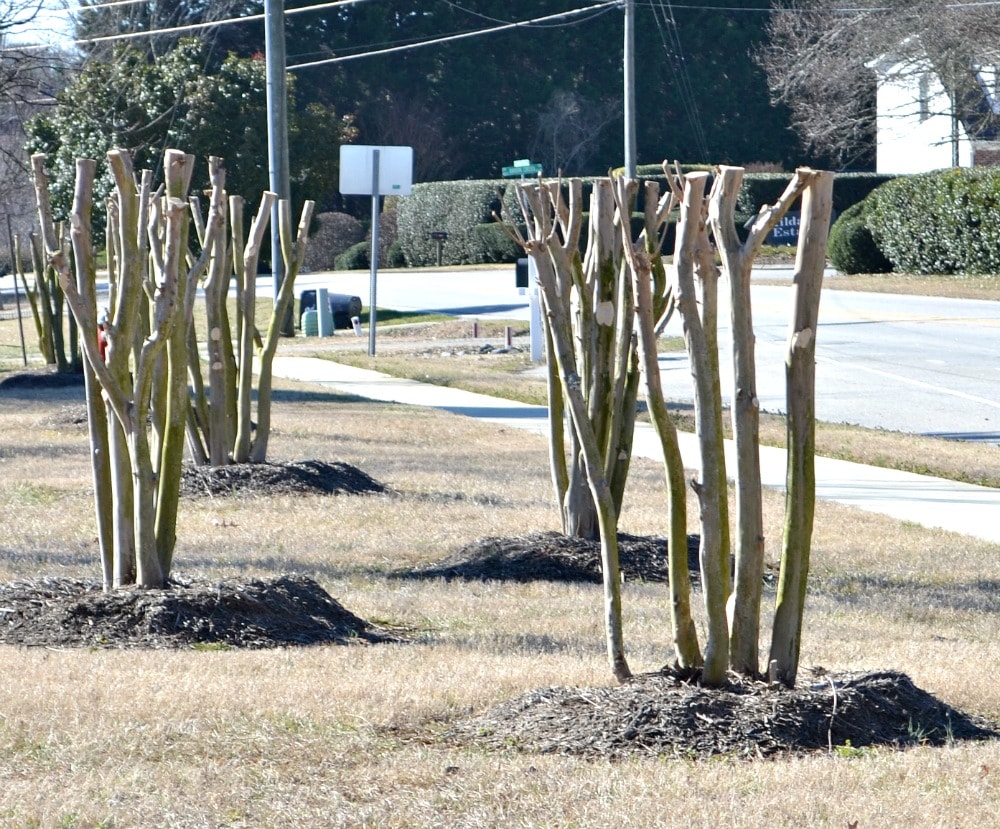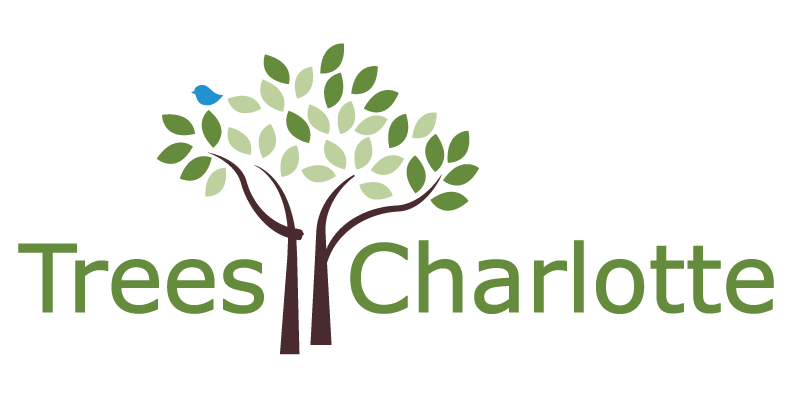Say No to Topping

By: Kate Bolkin
What is topping?
“Topping” is a common tree pruning practice that shortens the central leader of the tree and many main branches by making several heading cuts. This practice is not recommended in the field of arboriculture and can create serious health and structural issues to the tree.
| Result of Topping | Effect on the Tree |
| Removes most of leaf-bearing canopy | Limits tree’s ability to make food |
| Heading cuts made far away from branch collar, which takes longer to heal. | Makes tree more susceptible to decay and disease, since wound cannot close quickly. |
| Creating excess waterspouts with weak attachment in place of sturdy branches. | Watersprout readily break off, creating a mess and opening up more opportunities for decay. |
| Removes significant leaf cover, exposing inner bark to bright sunlight. | Inner bark develops sunscald, cracks, and peeling. |
| Fast-growing watersprouts form instead of normal branches. | Although the goal of topping is to reduce a tree’s height, a topped tree will typically grow back faster than one that was not. |
How to Avoid Topping
1. Hire a credible tree care company:

Unfortunately, not all tree companies are in the business of tree care, so be cautious about who you trust to work on your tree. Some “tree companies” will offer topping services to make a quick buck, so when selecting a tree care company, ask for the follow:
- Are there ISA certified arborists on staff?
- Do they have proof of insurance?
- Will they put scope of work, pricing, and other agreements in writing?
Also, make it clear that you are not interested in having your tree topped and instead ensure they knowledgeable about proper thinning and reduction cuts.
Check out the bottom of our Mature Tree Care page to find a list of companies we recommend.
2. Right tree, right place:
Trying to reduce the height of a tree without damaging it too much can be challenging. Ideally, planning before you plant and researching its expected mature size is the best way to avoid having to top the tree. That means keeping trees an appropriate distance from overhead utilities, your home, and other important structures based on their estimated mature size. Keep in mind different cultivars or subspecies of trees have different sizes (some crape myrtle cultivars will get no more than 10 feet tall, while others can reach heights of up to 40 feet!), so do your research and know what you’re getting yourself into.
3. Know your pruning cuts:
If you prune your tree yourself, make sure you know how to do it right! Only make thinning and reduction cuts and never remove more than 25% of the tree’s canopy at one time. Check out our pruning resources below.


